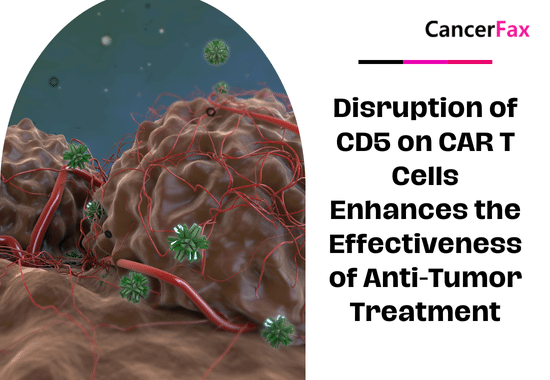Cervical cancer
According to the statistics of the World Health Organization in 2012, there are nearly 530,000 new cases of cervical cancer worldwide each year, and the annual death toll is 266,000. More than 85% of patients are concentrated in developing countries, and there are more than 130,000 new cases of cervical cancer in China every year. The incidence of cervical cancer is closely related to infection. A large number of molecular epidemiological studies have found that persistent infection with high-risk human papillomavirus (HPV) is the main cause of cervical cancer and is a necessary condition. Under some auxiliary factors (reproductive tract inflammation) Cause cervical cancer and promote tumor progression.
Epidemiological survey of cervical cancer HPV infection
HPV is a double-stranded circular DNA virus. Currently, more than 180 HPV subtypes are found, about 40 of which are anal reproductive tract infection subtypes, and 15 types may cause anal reproductive tract malignant tumors, known as high-risk HPV.
High-risk HPV infection is a necessary condition for cervical cancer, but not all HPV-infected people will develop cervical cancer. Epidemiological studies have shown that the high-risk HPV infection rate in the population is about 15% to 20%, more than 50% of women have HPV infection after the first sex, and 80% of women have been infected with HPV during their lifetime. However, more than 90% of women can be cleared by the body’s immune system within 3 years after HPV infection. Only 10% of patients may have persistent infection, and <1% of patients with persistent infection will eventually develop cervical cancer. Among immunodeficiency people [mainly those infected with human immunodeficiency virus (HIV)], the risk of cervical cancer is significantly increased, which is related to the body’s inability to clear HPV. The occurrence of cervical cancer is a complex multi-stage process that requires three processes: viral infection, precancerous lesions, and invasive cancer. It usually takes more than 10 years from high-risk HPV infection to invasive cervical cancer.
The clinical manifestations of HPV infection are not specific
The main route of HPV infection is sexual contact. HPV infects basal cells through damaged skin and mucous membranes. Because the HPV virus is hidden, no viremia will occur without contact with the bloodstream and the initial immune system, so there will be no obvious inflammation in the clinic. At the same time, HPV can evade immune system clearance by down-regulating the interferon pathway or reducing the expression of Toll-like receptors.
The replication of HPV virus depends on the host DNA replication system. As the basal cells differentiate and mature into surface cells, the virus replication accelerates and the virus particles are released as the cells undergo natural apoptosis. This process takes about 3 weeks. Once the virus is detected by the initial and acquired immune system, the body will initiate a series of immune inflammation reactions to clear the virus, but the overall clinical manifestations are not specific.
At present, there is no specific treatment for high-risk HPV infection in clinic. The most important thing after HPV infection is cervical cytology screening, annual HPV review, and colposcopy if necessary to exclude cervical cancer and precancerous lesions. Mechanism of high-risk HPV causing cervical cancer
The carcinogenesis of high-risk HPV mainly occurs through the viral E6 and E7 oncoproteins, which in combination with human P53 and Rb proteins affect cell proliferation and cell cycle regulation, causing abnormal cell proliferation and transformation, and E6 and E7 oncoproteins have certain Synergy. The study also found that E5 oncoprotein also plays an important role in immune regulation and carcinogenesis.
Relationship between HPV carcinogenesis and other reproductive tract infections and inflammation
Studies have found significant changes in cervical local cytokines [such as interferon (IFN), interleukin 10 (IL-10), IL-1, IL6, and tumor necrosis factor (TNF), etc.] in cervical cancer and precancerous lesions, suggesting local inflammation There is a certain role in the occurrence of cervical cancer. Studies have shown that HPV’s E5, E6, and E7 oncoproteins can induce the cyclooxygenase-prostaglandin (COX-PG) axis. Previous studies have found that COX2 plays a role in DNA damage, inhibition of apoptosis, angiogenesis, and tumor development Important role. Epidemiological studies have found that patients with genital tract infections such as gonococcus, chlamydia, and herpesvirus type 2 have a significantly increased risk of cervical cancer. The mechanism of increased risk of cervical cancer in patients with local vaginal infections and local inflammation may cause local tissue metaplasia. These metaplastic epithelia may increase the chance of HPV infection and HPV viral load. Meta-analysis suggests that Chlamydia infection is a synergistic factor for cervical cancer. Therefore, reducing genital tract infections and controlling local inflammation may also be an important aspect of reducing cervical cancer.

